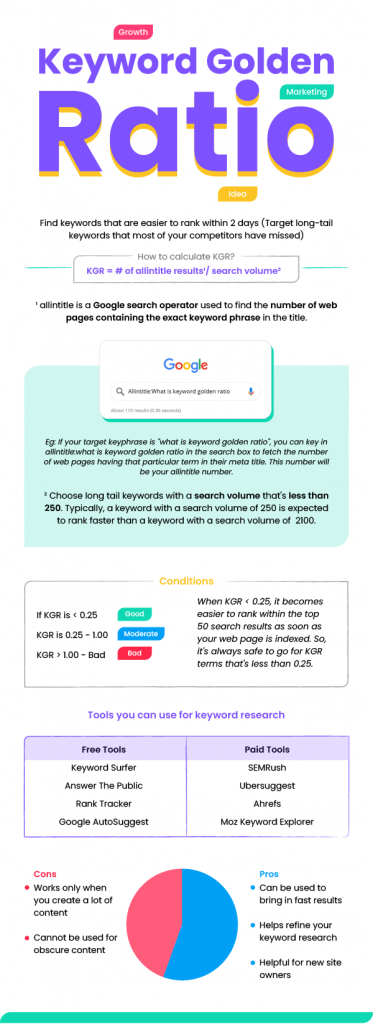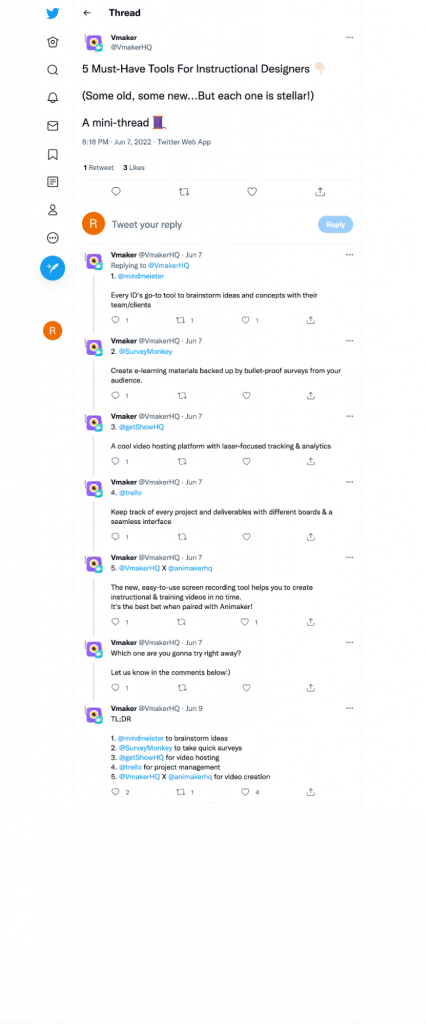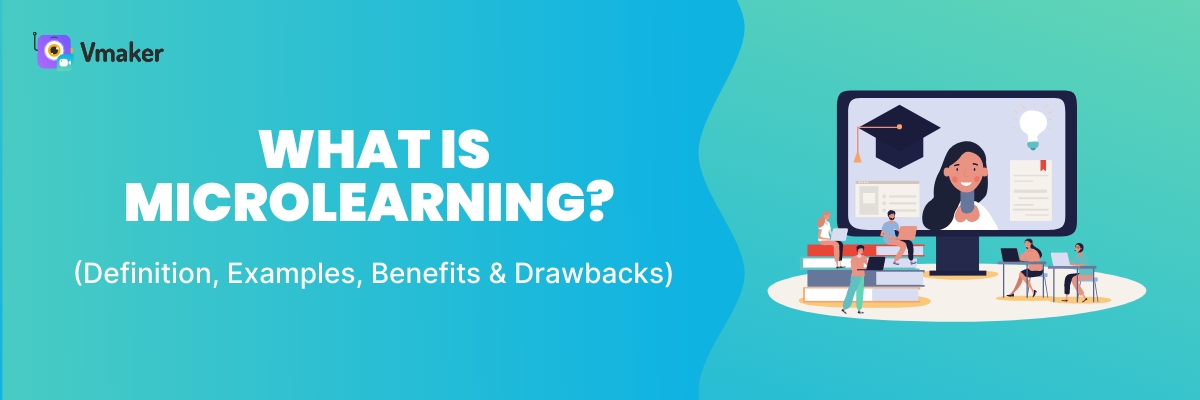Contents
What is Microlearning: Definition, Examples, Benefits & Drawbacks
Microlearning is creating a buzz in the e-learning industry.
Wanna know why?
Read on.
In this article, we'll explore everything you need to know about microlearning - what it is, what are its benefits & drawbacks. We'll also go through a few microlearning examples we use in our day-to-day lives.
Let's dive in.
What is microlearning?
Microlearning is a way of learning that allows learners to engage in short-term learning activities, ideally when and where they want to.
Simply put, micro-learning content refers to content that has been broken down into small, bite-sized learning chunks that don't take more than 15 minutes to consume.
In this era of busy work schedules and short attention spans, microlearning comes across as the only e-learning model that perfectly fits all the learning behaviours of our modern workforce. The best thing, though, is the fact that it can easily be used for any type of corporate training such as skills training, compliance training, leadership training, sales training, and employee onboarding.
Microlearning examples
There's a common misconception that microlearning is all about videos.
It's not so.
Even though videos are the most popularly used content type, it's not the only effective microlearning format out there.
There are so many other microlearning formats used extensively.
Let's explore each one of them separately.
Microlearning videos
Micro Videos are short, concise video nuggets usually designed to meet a specific learning outcome.
Since it's easier for our brains to process small, bite-sized micro videos, learners engage better and find it easier to focus, comprehend, and retain information this way.
Some popular types of microlearning videos include:
Example: Here’s a quick micro video that explains how to turn your existing presentations into videos in just a few minutes!
Microlearning apps
Since apps are extremely popular, they provide an excellent opportunity to turn learners' tablets and smartphones into microlearning machines.
Some widely popular apps that consistently provide micro-lessons on the go are:
- Headspace
- Word of the Day
- TED
- Lasting
- Duolingo
Infographics
Infographics can be very useful when you're trying to convey complex ideas/concepts to learners in an easy-to-understand format. You can translate complex data, concepts, and even workflows into visually-appealing infographics to help learners understand and process information better.
Some common types of infographics include:
- Informational infographics
- Comparison infographics
- List infographics
- Hierarchical infographics
- Timeline infographics
- Statistical infographics
- Geographic infographics
- Process infographics
Example: Here’s a sample infographic that explains what keyword golden ratio is in simple terms!

Social media bites
Some common social platforms we use on a daily basis can also be used to deliver tiny nuggets of information on a consistent basis. This way, learners who'd like to receive microlearning content on a regular basis would subscribe to their favourite channel and consume content on the go!
Some common social media platforms that can be used for microlearning are:
- Youtube
- Tik-Tok
- Quora
Example: Here’s an informative Twitter thread that informs the audience about the 5 most sought-after instructional designer tools!

Games
Gamification can increase performance rates by 35%.
Games are a powerful microlearning tool.
While quick 5-minute review games and activities help learners recall things faster, gaming challenges and leaderboards keep them well engaged at regular intervals.
Example: Here’s a gamified finance training you can try your hands on!

Benefits of microlearning
It's more affordable
Microlearning courses are extremely cost-effective and don't require too many instructors or resources, to begin with.
Companies don't even have to worry about investing in special forms of microlearning tools to launch their courses.
Any budget-friendly LMS that comes with a built-in AI video editor will be more than enough.
It's easier to consume
One of the main reasons why employees don't upskill or reskill themselves on evolving trends is because they don't have the time.
Since microlearning content doesn't take too much of their time, they find it easier to update themselves about emerging trends and technologies on the go.
It increases learners' engagement
Our average attention span has reduced from 12 seconds to 8.25 seconds in the last 20 years.
Hence, people aren't going to sit through long hours of training courses anymore.
They’d most probably prefer information that's easier to consume in the form of micro-videos and infographics. Since these don't take up too much of their time, they engage better with these forms of e-learning content.
It boosts knowledge retention
Studies suggest that it's easier to retain knowledge when we recall a certain piece of information over & over again.
Microlearning facilitates lifelong learning and makes it easier for learners to rewatch the content as many times as they want until it registers in their memory.
Since these forms of micro-content are short bursts of information, they don't require too much time for revision.
It enables mobile learning
Since microlearning relies on small, bite-sized learning sessions, it's easily accessible by all digital devices such as mobile phones, tablets, and computers.
These microlearning nuggets are very similar to the types of content people consume on social media every day. Hence, employees (especially Gen Z and millennials) don't have trouble adapting to this modern e-learning approach.
It supports self-paced & personalized learning
Microlearning allows learners to learn at their own pace. Rather than following a rigid and structured way of learning, it provides learners the flexibility to choose their own way of learning.
Drawbacks of microlearning
Not ideal for complex concepts
Though microlearning units are great in many ways, they aren't the best bet when it comes to delivering complex concepts. Even though it's possible to truncate large and complex courses into microlearning nuggets, it requires a lot of time and effort to execute it to perfection.
Not suitable for in-depth training
Microlearning courses are great when you're trying to introduce yourself to new concepts. However, they might not be the best approach for in-depth learning.
In most business learning cases, a short and engaging self-contained course is what is necessary.
Recommended Reading:
The Hybrid working culture also modifies the learning habits. Here’s how:
What Is Video-Based Learning? (Benefits, Examples & Tips)
ADDIE Vs SAM: Which Learning Methodology Is Better For Design?
Employee upskilling and attrition rate - What L & D managers should know about?



